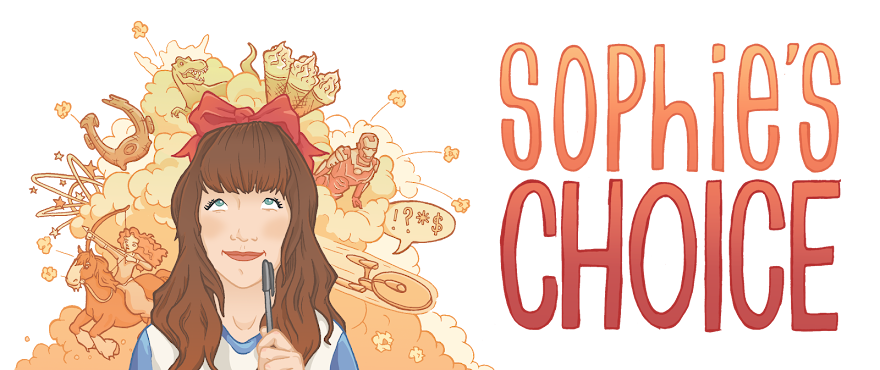Saludos Amigos (1942 / 1943)
First thing's first – the reason for the two different release years. Saludos Amigos was released in Rio De Janeiro in August 1942 and the USA in February 1943. We can assume that this was both to honour the subject of the movie, and to test the waters with the Latin American audiences that were represented in it. After all, this film is a pure exercise in goodwill between the Americas, and it shows.
 |
| 'Do you know Joe Joe stumped his toe?' |
In the heart of WW2, Walt Disney Studios (along with the rest of the world) was going through some turbulence. Having lost a chunk of staff to fight in the war, and another load on strike, the studio was not well resourced. On top of this, many Latin American governments were linked with Nazi Germany, apparently. Never one to be defeated, Walt addressed these issues with some careful decisions. Firstly, the traditional 90-minute, heavily-resourced feature length animation was scrapped for a 45 minute mixed media film. Secondly, the movie would act as gesture of goodwill to win over Latin American officials to the USA side of WW2.
After the opening titles of Saludos Amigos, which are actually quite similar to the beginning of Dumbo (love an animated map), it soon becomes clear that this movie isn't quite what we're used to. Rather than one linear story that runs throughout, Saludos Amigos is made up of four sections, representing four different locations that the animators travelled to. And speaking of the animators, this is the first – and possibly only – Disney movie where we get to see them in the flesh.
 |
| 'They've totally stopped staring at you now, Gary, don't worry' |
Between cartoon sequences, Saludos Amigos acts as a kind of educational tourist guide, using documentary footage of Walt himself and his team of animators as they fly to different parts of South America, observe local culture, and get their inspiration for each animated clip.
Firstly, Donald Duck visits Lake Titicaca, in a sequence which is surprisingly self-deprecating on the American tourist, pointing out all their annoying habits and ignorance of Peruvian culture. This section and the later part starring Goofy both play on the character's existing slapstick personalities, and act as a gateway to understand the unusual concepts the audience is being introduced to (we can assume very few USA citizens have visited Latin America at this point). Goofy's Texan cowboy is comically compared to an Argentinian gaucho, in a short segment that could run as a TV spot on its own.
 |
| Bros before Gauchos |
The Chilean section of the movie keeps to a more traditional Disney-style narrative, albeit in a much shorter timescale. Pedro the plane (which looks a lot like the characters in Pixar's Planes) goes on a perilous mission to deliver mail, which sees him caught in a storm. Just when we think he's run out of fuel and 'died,' he comes chugging back to his mother and father plane parents. What can be more Disney than that?
 |
| When you haven't paid for extra luggage on Easyjet |
Saludos Amigos leaves its most proud section til last – Aquarela do Brasil. Introduced as the finale segment, it's a graceful celebration of Brazil, from the beautiful wilderness, all the way to the party atmosphere of Rio De Janeiro. The opening of this section begins with some very clever animation which captures the process of painting, creating a moving watercolour of the Brazilian jungle. The story then revolves around Donald Duck as he meets a new character that Disney will carry forward into their next movie – the cigar-smoking parrot José Carioca. Donald and José proceed to get on like a house on fire, drinking together and enjoying the Rio carnival.
Saludos Amigos is a departure from previous Disney movies, but it's truly fascinating to see the animators at work, and the documentary footage is so well restored that it's almost impossible to imagine that it was made over 75 years ago. The movie succeeds in celebrating Latin America with reverence (even if a little advertorial at times) and educating audiences about a world just beyond their state lines. And looking at next week's movie, there's more where that came from.
 |
| This is gonna get messy |
Best Song: Saludos Amigos title song (by default, as the only original song in the film)
Disney Detail: This is the first movie in the Disney animated canon to include Donald Duck and Goofy (obviously Mickey was previously included in Fantasia).
Why it's a Classic: It opened US eyes to the sophistication and beauty of Latin America in a way that hadn't been done before. Film historian Alfred Charles Richard Jr.Saludos said that 'Amigos did more to cement a community of interest between peoples of the Americas in a few months than the State Department had in fifty years.'








